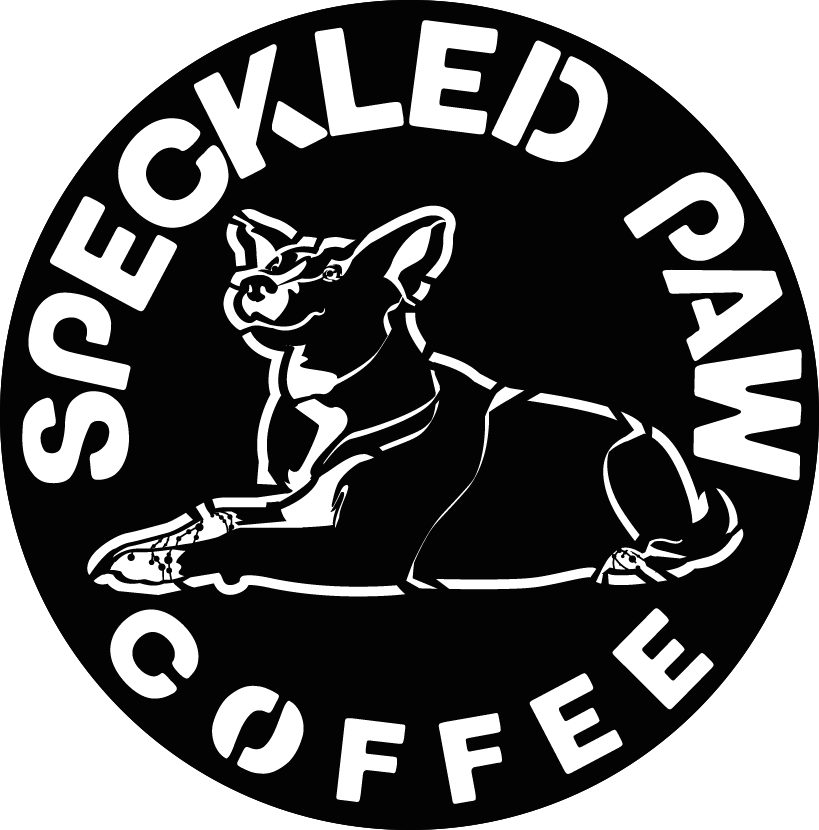Poison ivy, a plant often met with a mix of fascination and dread, holds a unique place in the natural world and in our gardens. Known scientifically as a member of the sumac family, this plant is a native species that plays a significant ecological role despite its notorious reputation.
Poison ivy can be easily mistaken for its more harmless sumac cousins, creating a problem for those who love native plants but suffer from its allergic reactions. As someone who is terribly allergic to poison ivy, I find it a challenge to appreciate this particular native. However, it’s worth noting that Master Naturalists and ecologists understand and value the important role poison ivy plays in our ecosystems.
One of the lesser-known facts about poison ivy is its attractive foliage can emit a pleasant, cilantro-like scent, if you are able to crush new leaves without looking like you came into contact with a chemical weapon. However, despite its dangerous qualities, it has extensive ecological benefits. It is a food and shelter resource for a large variety of wildlife, including deer, raccoons, muskrats, wild turkeys, and many birds. Even horses and goats seem to have a taste for it. Poison ivy is also something of a pollination generalist; researchers observed thirty-seven distinct pollinators ranging from beetles and flies to ants, bees, wasps, and butterflies in a single flowering season. This wide array of pollinators contributes to its success in propagating. The plant’s berries are consumed by birds and other animals, who then disperse the seeds, often in places where humans would rather not have them.
In addition to feeding various animals, poison ivy’s reddish-brown hairy vines are a common sight on large trees across the landscape. In the fall, its leaves turn a stunning scarlet, adding to the visual appeal of the woodlands. Furthermore, it supports many herbivorous insects, which in turn are a food source for birds and mammals like the Southern Flying Squirrel.
Interestingly, not all humans are allergic to poison ivy’s toxic compound, urushiol, and it appears that other animals are unaffected by it. This compound is also found in edible cousins of poison ivy like cashews, mangos, and pistachios, often released when these plants are touched or bruised.
In a surprising historical twist, poison ivy was once a popular garden fashion in Victorian England during the 1880s. In the Piedmont where we live, poison ivy is extremely common, growing in almost every wooded lot largely thanks to birds that spread it.
For safety, it’s especially crucial for young children to learn how to recognize and avoid poison ivy. The well-known adage, “Leaves of three, let it be,” serves as a wise reminder for identification. Unlike invasive non-native vines like English ivy and Japanese Honeysuckle, native vines, including poison ivy, do not harm trees and can even make dead trees appear alive again as they climb over them. If you come into contact with the leaves or vines, oil cutting soaps like dish detergent can help remove it, and it’s important to scrub your entire body within an hour of exposure to reduce the chance of allergic reaction. Treat clothes in the wash by themselves to prevent cross-contamination of urushiol oil. Never burn poison ivy or put boiling water on it to kill it. You never want to aeresolize urushiol oil, as there have been recorded instances of death after Poison Ivy inhalation.
As for my personal approach, I allow poison ivy to thrive in areas of my property that I do not frequent, acknowledging its benefits to the ecosystem. However, due to my severe allergic reactions, I’ve had to control its spread in areas where I garden. This careful management reflects a balance between respecting and preserving a native plant that is beneficial to the environment, while also acknowledging and mitigating its potential harm to humans. For the safety of the nearby schoolchildren and our volunteers, we remove poison ivy at The Gathering Garden.
Feel free to swing by The Gathering Garden in Mount Gilead at the corner of W Allenton St and School St, if you want to discuss gardening with us, you can find out more about or workdays on our facebook page.
In these weekly columns, I will share the science of gardening and so many more interesting tidbits. Check back here every week for tailored Montgomery County garden advice, sharing our garden updates, and more.
Let’s grow together!
This article was originally published in the Montgomery Herald and is reused here with permission by Mary Poplin.

